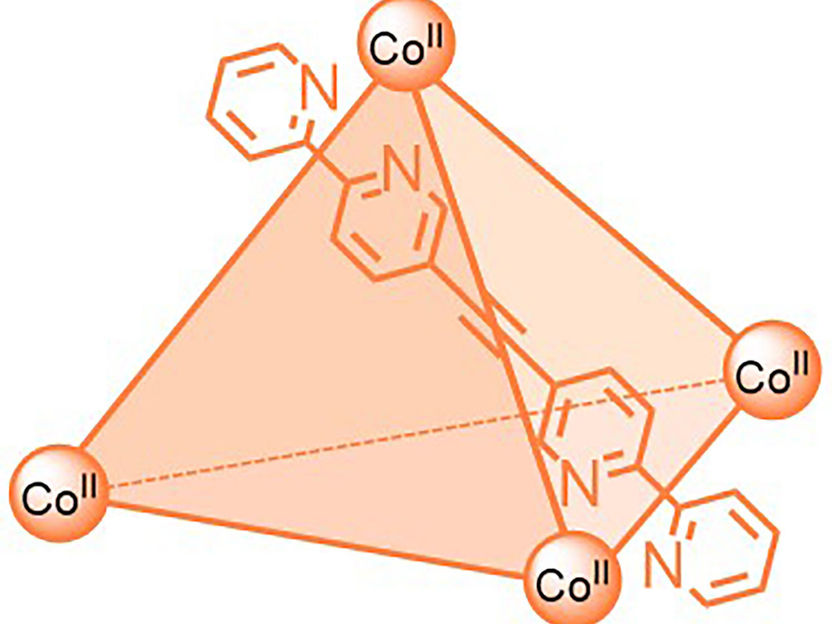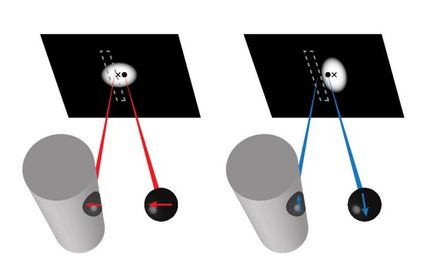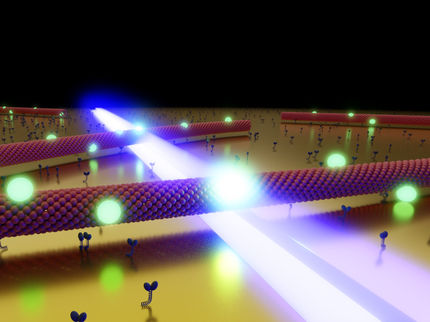Breakthrough could enable cheaper infrared cameras
There's an entire world our eyes miss, hidden in the ranges of light wavelengths that human eyes can't see. But infrared cameras can pick up the secret light emitted as plants photosynthesize, as cool stars burn and batteries get hot. They can see through smoke and fog and plastic.
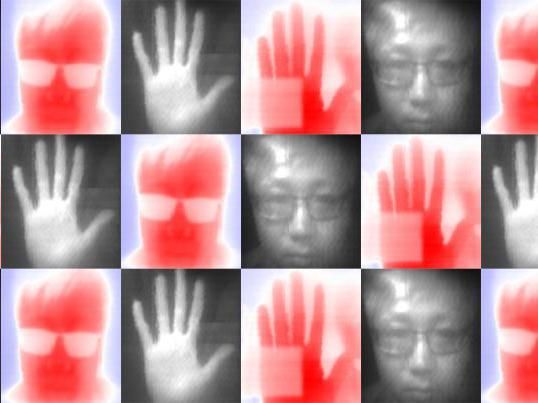
Photos taken by researchers testing a new method to make an infrared camera that could be much less expensive to manufacture.
Xin Tang et al
But infrared cameras are much more expensive than visible-light ones; the energy of infrared light is smaller than visible light, making it harder to capture. A new breakthrough by scientists with the University of Chicago, however, may one day lead to much more cost-effective infrared cameras - which in turn could enable infrared cameras for common consumer electronics like phones, as well as sensors to help autonomous cars see their surroundings more accurately.
"Traditional methods to make infrared cameras are very expensive, both in materials and time, but this method is much faster and offers excellent performance," said postdoctoral researcher Xin Tang, the first author on a study in Nature Photonics.
"That's why we're so excited about the potential commercial impact," said co-author Philippe Guyot-Sionnest, a professor of physics and chemistry.
Today's infrared cameras are made by successively laying down multiple layers of semiconductors - a tricky and error-prone process that makes them too expensive to go into most consumer electronics.
Guyot-Sionnest's lab instead turned to quantum dots - tiny nanoparticles just a few nanometers in size. At that scale they have odd properties that change depending on their size, which scientists can control by tuning the particle to the right size. In this case, quantum dots can be tuned to pick up wavelengths of infrared light.
This 'tunability' is important for cameras, because they need to pick up different parts of the infrared spectrum. "Collecting multiple wavelengths within the infrared gives you more spectral information - it's like adding color to black-and-white TV," Tang explained. "Short-wave gives you textural and chemical composition information; mid-wave gives you temperature."
They tweaked the quantum dots so that they had a formula to detect short-wave infrared and one for mid-wave infrared. Then they laid both together on top of a silicon wafer.
The resulting camera performs extremely well and is much easier to produce. "It's a very simple process," Tang said. "You take a beaker, inject a solution, inject a second solution, wait five to 10 minutes, and you have a new solution that can be easily fabricated into a functional device."
There are many potential uses for inexpensive infrared cameras, the scientists said, including autonomous vehicles, which rely on sensors to scan the road and surroundings. Infrared can detect heat signatures from living beings and see through fog or haze, so car engineers would love to include them, but the cost is prohibitive.
They would come in handy for scientists, too. "If I wanted to buy an infrared detector for my laboratory today, it would cost me $25,000 or more," Guyot-Sionnest said. "But they would be very useful in many disciplines. For example, proteins give off signals in infrared, which a biologist would love to easily track."
Most read news
Other news from the department science

Get the analytics and lab tech industry in your inbox
By submitting this form you agree that LUMITOS AG will send you the newsletter(s) selected above by email. Your data will not be passed on to third parties. Your data will be stored and processed in accordance with our data protection regulations. LUMITOS may contact you by email for the purpose of advertising or market and opinion surveys. You can revoke your consent at any time without giving reasons to LUMITOS AG, Ernst-Augustin-Str. 2, 12489 Berlin, Germany or by e-mail at revoke@lumitos.com with effect for the future. In addition, each email contains a link to unsubscribe from the corresponding newsletter.
Most read news
More news from our other portals
Last viewed contents
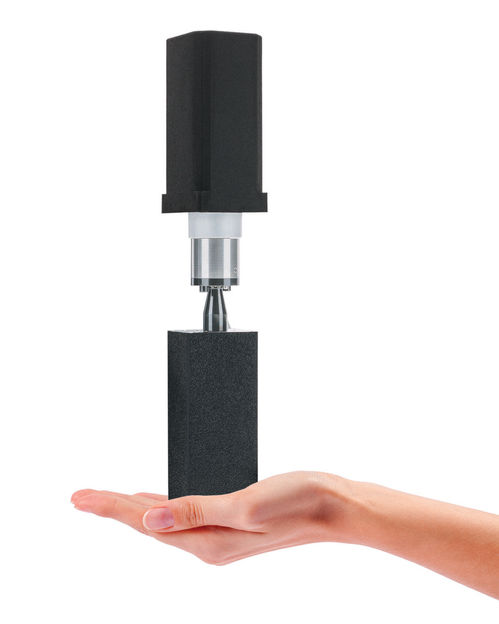
VICI Nanovolume pump/injector | Injection valves | VICI
ECHA launches a new public consultation on proposals for harmonised classification and labelling for four pesticides and a fire-preventing agent
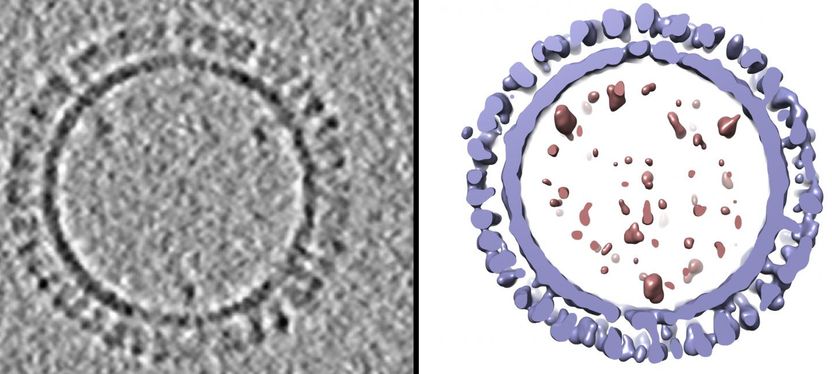
A 3D structure of 1918 influenza virus-like particles

Voice-activated system for hands-free, safer DNA handling - Technology protects researchers from dangerous samples
Molecular switch lets salmonella fight or evade immune system
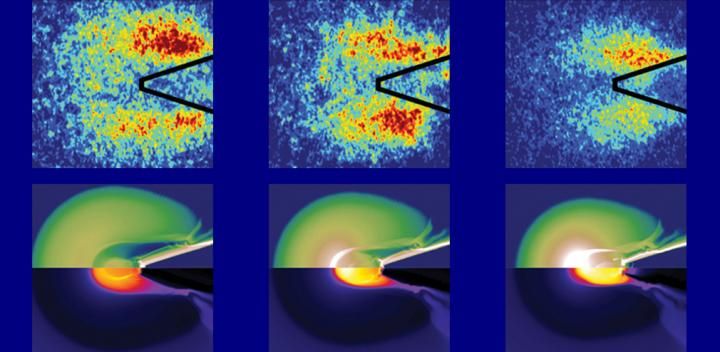
Seeing where energy goes may bring scientists closer to realizing nuclear fusion
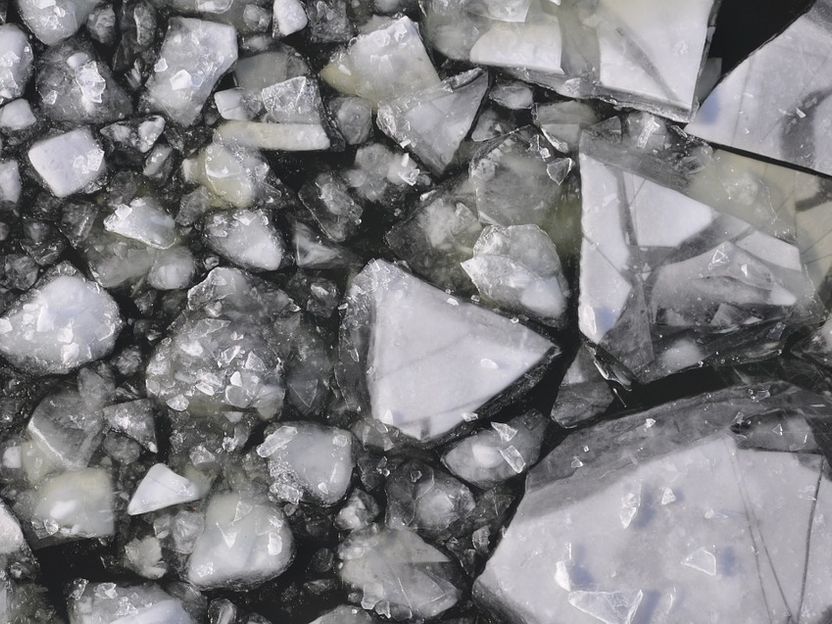
The behavior of water - New properties of H2O
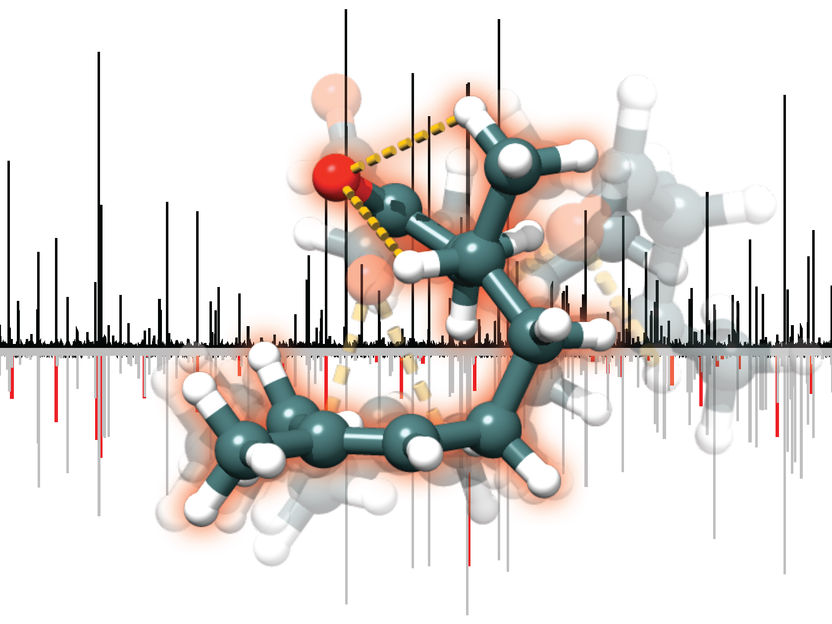
Unexpected flexibility found in odorant molecules - High resolution rotational spectroscopy reveals an unprecedented number of conformations of an odorant molecule – a new world record!
